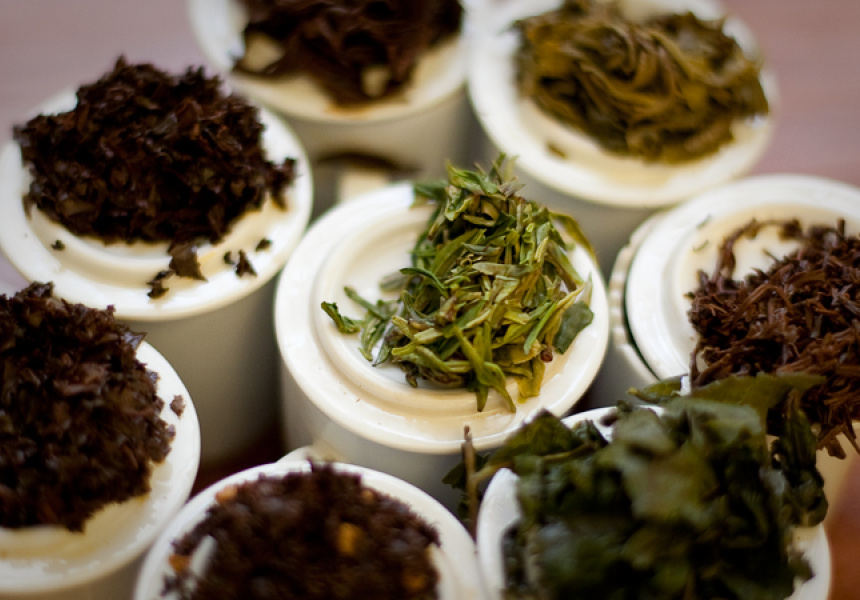How may of us steep our tea for five minutes? Or even pay attention to the difference that the amount of tea makes to the cup?
If you’ve never paid that much attention to the way you brew your tea, but notice that sometimes a cup is better (or worse), tea cupping might be just what you need to understand the complexities of creating the perfect cuppa.
For Nathan Wakeford, cupping is an integral part of finding the best possible brewing instructions for his Chamellia range of specialty teas and he’s more than happy to walk through the process and how it works, and he did so for us at Broadsheet recently.
Never miss a Melbourne moment. Make sure you're subscribed to our newsletter today.
SUBSCRIBE NOW“The main variables in brewing tea are the amount of tea used, the temperature of the water added to the leaf and steep time,” says the tea expert. “These should vary for every single tea.”
Cupping is essential to see how the terroir (soil, weather, slope, rainfall, altitude and other environmental factors) have affected each batch of tea, and how these subtleties show up in the cup. Tasters are looking for defects, ideal brew times and freshness of the leaf in order to present the best possible flavour.
It starts with a line of steeping cups: small porcelain mugs with teeth on one side, and a lid to keep in aromas and heat. In front of each mug is a bowl of dry leaves with a specified quantity of leaf. The dry leaves are assessed for colour, aroma, shape and size of the leaf (broken, rolled or whole). Notes are made on dry aromas – maybe woody, grassy or smoky depending on the type of tea.
The steeping cups should be warmed with hot water in advance to help them retain the right temperature when the tea is brewing. Then the leaves are added, along with hot water at a specified temperature (lower for green teas, higher for black); the lids are placed on the cups and a timer is set.
The liquor (the brewed tea) will be poured off at various intervals (say three, four and five minutes) and tasted to see what steep time and temperature makes for the best brew.
“By doing this we can cup the teas at different temperatures and varying times to find the window where you get the most flavour,” says Wakeford.
The steeping mugs are inverted to drain off the liquor into tasting bowls, with the wet leaves retained and shaken into the lid of the cup. Wet leaves will reveal how they have responded to the water and aromas are noted – wet hay, tobacco and sweet bubblegum might be in the mix.
Finally it’s tasting time. With a large, deep spoon, tasters slurp the liquor and coat the tongue, allowing a little air to mingle with the brewed tea. Notes are made on the characteristics, from underdeveloped flavours in short steep times, to harsh tannins in longer ones. The look of the cup is also taken into account.
“We’re looking for bright, clear cups of liquor, crisp aroma and a bright fresh taste,” Wakeford notes. “Often if the aroma is sweet to the nose, then the infusion is right. But you have to have a look, a smell and a taste.”
Like coffee and wine, tea is developing its own vocabulary to help determine quality and flavour notes; you might get buttery popcorn, malt, jasmine and sweet floral for a start. By the end of it we’ve tasted tea in all its glory, from ‘green’ to ‘bitter’ and a couple of delightful brews in between.
And while most teas come with brewing instruction provided, it never hurts to play with steeping times at home to find what best suits your palate.



